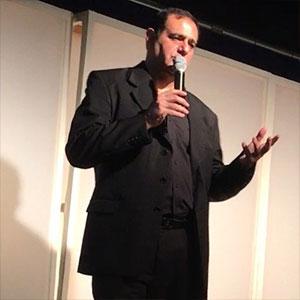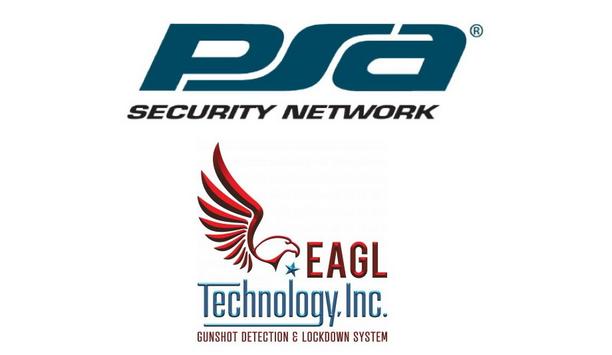Boaz Raz

News mentions
viisights, the developer of advanced AI-powered behavior recognition video analytics, and EAGL Technology, a premier provider of gunshot detection and lockdown systems headquartered in Albuquerque, NM...
PSA Security Network (PSA), the globally renowned consortium of professional systems integrators, has announced the addition of EAGL Technology to its Managed Security Service Provider Program (MSSP)....
Many exhibitors at GSX 2019 saw the show as a success, despite slower booth traffic on the second and third days. According to show sponsor ASIS International, there were more than 20,000 registrants...



























